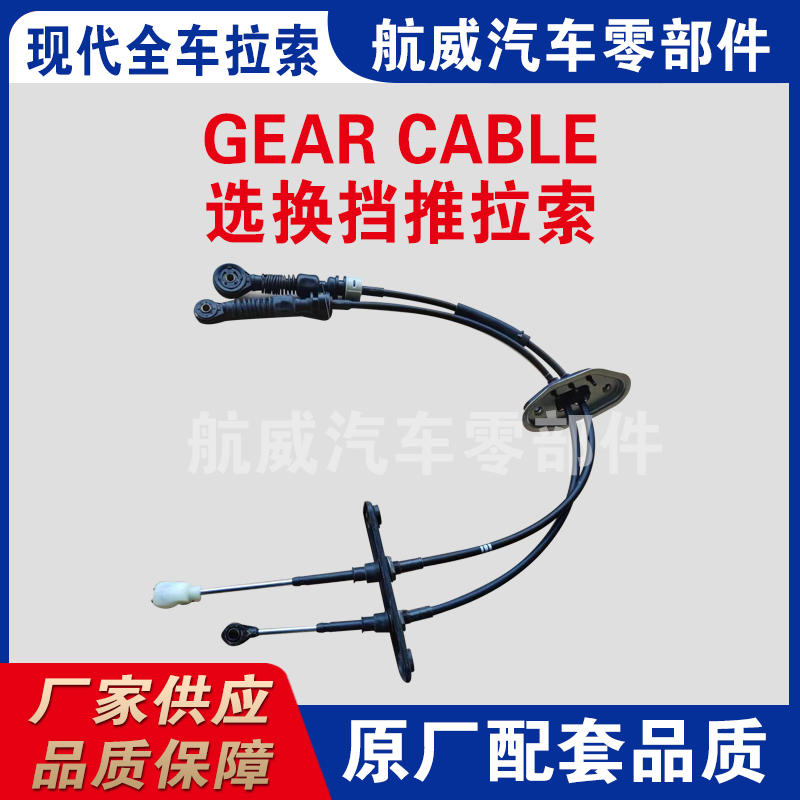Throttle Wire Performance Enhancements for Optimal Engine Power and Efficiency
Understanding Throttle Wire A Vital Component in Automotive Engineering
Throttle wire is a crucial element in the operation of modern vehicles, playing a significant role in the performance and efficiency of engines. This slender cable connects the accelerator pedal to the throttle body, which controls the amount of air entering the engine and, consequently, the power output. Understanding the mechanics and implications of throttle wire can lead to improved maintenance practices, enhancements in vehicle performance, and greater reliability.
At its core, the throttle wire operates on a straightforward principle when the driver presses the accelerator pedal, it pulls the throttle wire. This action opens the throttle plate in the engine’s intake manifold, allowing more air to flow in, mixing it with fuel to create the combustion necessary for powering the engine. The relationship between the throttle wire and the vehicle's responsiveness is direct; a well-functioning throttle wire leads to smoother acceleration and better control over the vehicle's speed.
In the past, throttle cables were predominantly mechanical, relying on physical connection and tension to regulate airflow. However, with advancements in technology, many modern vehicles now utilize electronic throttle control (ETC) systems. In such systems, the traditional throttle wire is replaced by electric sensors and motors, allowing for more precise control over the throttle plate. These electronic systems improve fuel efficiency and reduce emissions by enabling the engine control unit (ECU) to manage air intake more effectively based on real-time data from various sensors.
throttle wire

Despite the benefits of electronic systems, the traditional throttle wire still holds significance, especially in older cars and specific applications where mechanical control is preferred. One of the key advantages of a conventional throttle wire is its simplicity and reliability. Mechanical systems are less prone to failure from electrical issues or sensor malfunctions, making them easier to troubleshoot and repair. Thus, understanding the state of a vehicle's throttle wire is essential for mechanics and car enthusiasts alike.
Maintenance of throttle wire is critical to ensure optimal performance. Over time, the wire can wear out due to friction, leading to tension loss or cable fraying. This deterioration can result in poor throttle response, making the vehicle feel sluggish or unresponsive. Regular inspections can help catch these issues early. If the throttle wire is found to be damaged or excessively worn, it is imperative to replace it to maintain the vehicle's performance standards.
Moreover, it’s essential to consider the alignment of the throttle wire. Misalignment can occur if the components it interacts with become misaligned due to wear, accidents, or improper installation. Such issues can also lead to difficulties in acceleration and could potentially compromise safety. Therefore, ensuring that the throttle wire is properly installed and aligned is crucial for safe vehicle operation.
In conclusion, whether in classic vehicles or modern cars employing advanced technology, the throttle wire remains a fundamental aspect of automotive engineering. It serves as the bridge between the driver’s intention and the engine’s response. A well-maintained throttle wire ensures a responsive driving experience, enhances performance, and ensures safety. For car owners and enthusiasts, understanding the role and maintenance of throttle wire is an essential part of vehicle care and performance optimization, reinforcing the importance of this seemingly simple component in the broader context of automotive functionality.
-
Workings of Clutch Pipe and Hose SystemsNewsJun.04,2025
-
The Inner Workings of Hand Brake Cable SystemsNewsJun.04,2025
-
The Secrets of Throttle and Accelerator CablesNewsJun.04,2025
-
The Hidden Lifeline of Your Transmission Gear Shift CablesNewsJun.04,2025
-
Demystifying Gear Cables and Shift LinkagesNewsJun.04,2025
-
Decoding Clutch Line Systems A Comprehensive GuideNewsJun.04,2025
